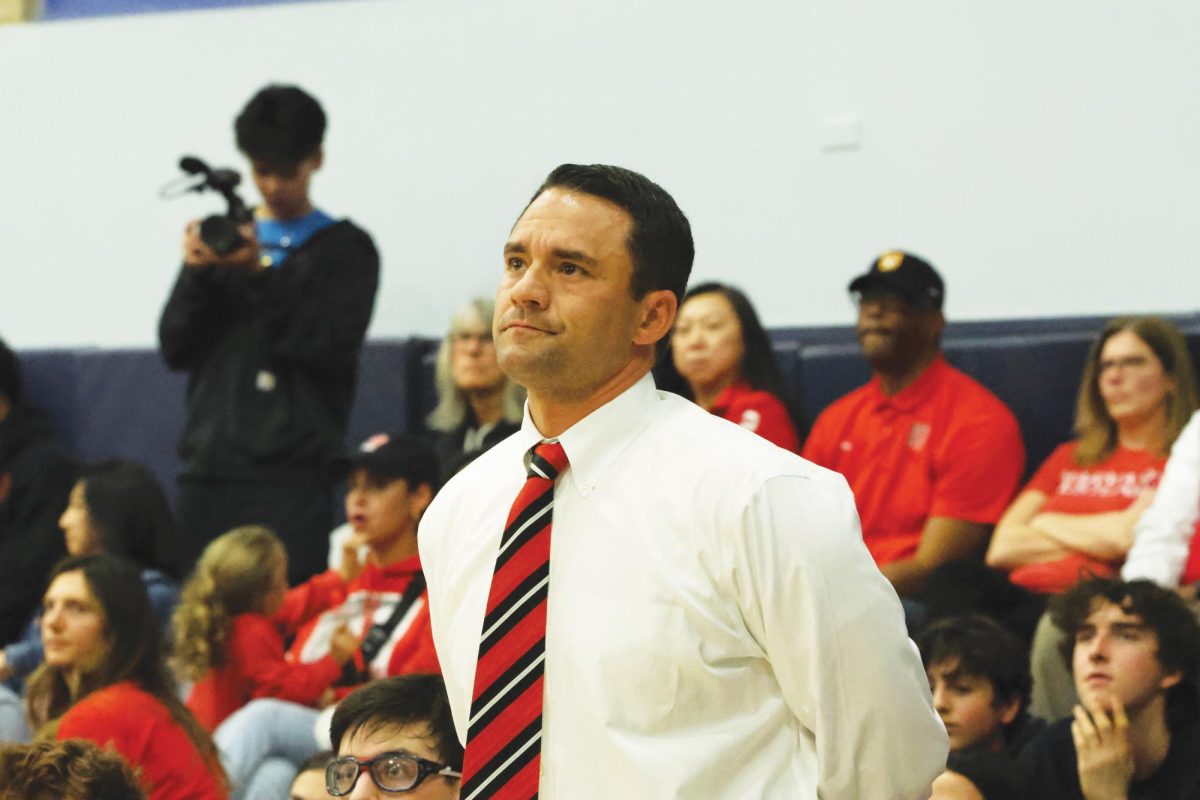By Eli Haims
Results from a study on stress fracture, for which Harvard-Westlake students served as test subjects from 2003 to 2004, were presented in an assembly on Monday.
The results were presented by Michelle Barrack, a postdoctoral research fellow at the University of California, Los Angeles Department of Orthopedic Surgery Division of Sports Medicine, who is one of the nation’s experts on bone density, according to Head of Athletics Audrius Barzdukas. The study focused on factors that affected the frequency of stress fractures, which develop over time due to a repeated action, particularly “bone mineral density, nutritional status and training volume,” according to a slide show shown at the assembly. The study, according to Barrack, found evidence to suggest a correlation between bone density and the frequency of stress fractures.
The study found that the bone density of female endurance runners did not, on average, increase from the time the athletes were freshmen to when they were seniors. There is generally a significant increase in density during these years.
Barrack stressed that the lack of increase in density is not a direct effect of running, but the data suggests that repetitive motion often seen in runners can increase the probability of a stress fracture.




































